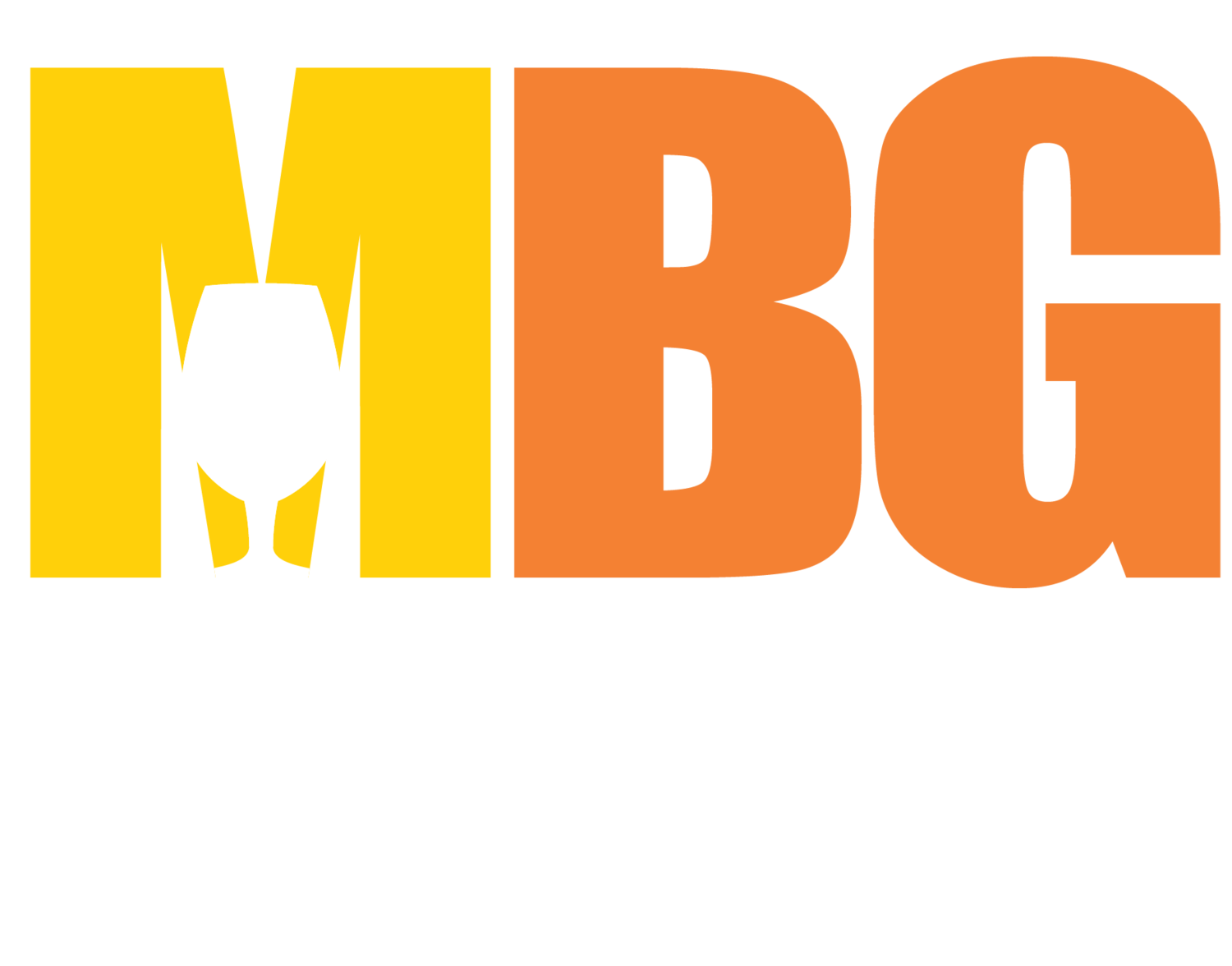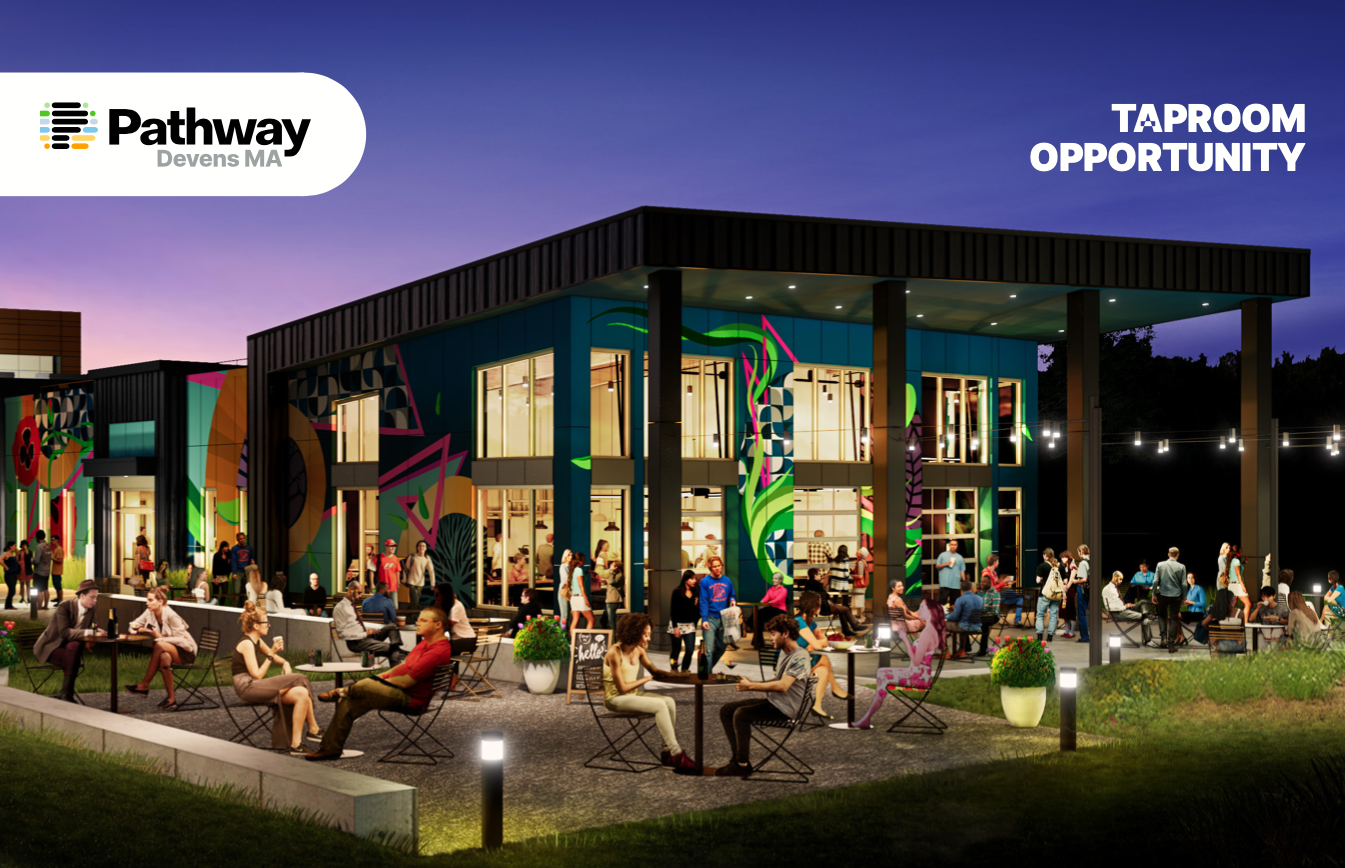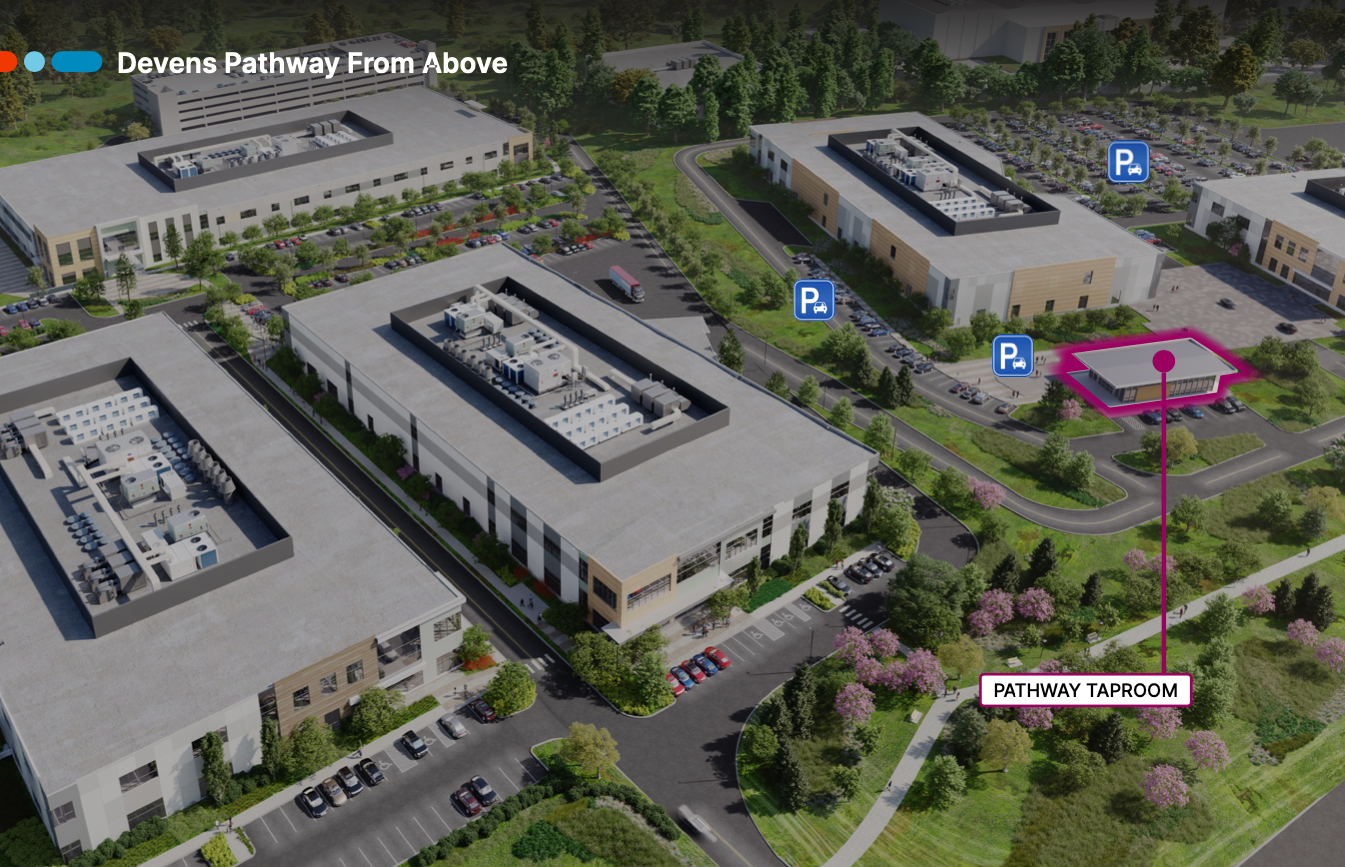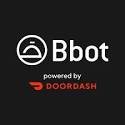How Variable Pay Can Boost Brewery Performance and Employee Engagement
Running a brewery is far too complex and multi-faceted an operation to be run solely by the owner for long. This means that figuring out what and how to compensate your employees is one of the most critical, as well as most misunderstood, components of running any company. While as an owner, your labor is often a simple intrinsic element of the business itself, the individuals working for you in various capacities certainly can’t be expected to work for free. They need to be compensated both monetarily and otherwise in a way that gives them the stability they need, while motivating them to be as effective as possible in their roles.
People want to have security for their lifestyles, while having the opportunity to make more by going above and beyond.
Nonetheless, striking that balance can be a challenge for most owners. While there are some resources available, such as the Bureau of Labor Statistics or the Brewers Association’s benchmarking report, these use large datasets and will be of little use when trying to benchmark for your own local jobs market. Moreover, a flat pay rate, while the form of compensation that the majority of people are most familiar with, also does little to directly encourage employees to be as productive as possible. After all, if you know that you’ll be paid the same for ‘C-minus’ work as you will for ‘A-plus’ work, there’s very little reason to put in the extra effort, particularly in an industry notoriously short on advancement opportunities.
That’s where Variable Compensation comes in.
Put simply, Variable Compensation is pay or benefits that an employee receives as a result of achieving a certain level of performance.
This means that a percentage of that person’s total compensation is contingent on their reaching some goal, or achieving some benchmark, or else scales directly with their actual performance in some respect or another. It comes with risk for them, since they may fall short on earning all or a portion of this bonus or incentive. However, it also can create opportunity, giving them the ability to earn more money than they would otherwise have been able, but in a way that guarantees that the company itself will be seeing additional success as a result.
In short, everyone wins, and smartly built variable compensation plans can help not only boost business and productivity, but employee satisfaction and engagement as well. With estimates of the increased productivity being between 10-20%, and the improved engagement as high as 50%, it’s an incredibly valuable tool for breweries at a time when business has never been more challenging.
It’s important to note that variable compensation may not be a good fit for every role within a brewery. For positions wherein their value is binary, either things are or are not done successfully, it may be less useful or even counterproductive. Accountants are a perfect example, wherein incentivizing their performance can actually lead to their being incentivized to act in ways possibly detrimental to the company, perhaps even illegally, whereas a straight salary carries none of those risks. However, for any position for whom their increased performance also creates new value for the business, it can be an essential tool to motivate and direct, and it comes in several different forms.
TYPES OF VARIABLE COMPENSATION
● Merit Increase - A small, regular pay increase that is given out typically once a year based on performance. Sometimes conflated with a cost-of-living increase, this is the one most common in many industries, and will be familiar to most people coming from corporate positions outside of beer
● Performance Commission - A highly scalable commission that is paid out for every “unit” of performance that a particular employee achieves. Commonly used in sales, it is the most direct tie between performance and pay
● Performance Bonus - Similar to a Performance Commission, but is paid out only when predetermined performance intervals or tiers are achieved, instead of with every sales/unit. Can cut down on the reporting and payout headaches of straight commissions, but also can lead to lost productivity if the employee is unlikely to reach the next incentive tier
● Profit Share - One or more employees receive a percentage of the company’s profits, oftentimes after cresting a minimum profitability threshold. Common at the organizational scale, but lacks a direct connection to the activities of most employees, undermining its ability to motivate employees below the management level
● Differential Pay Rate - The rate of pay for an employee(s) is different based on the type of work or shift they are engaging in. This is most often used for overtime work, where “time and a half” may be used or even mandated. However, it can also be used for special pay rates for events, off-site work, or variable job roles and expectations
● Discretionary Bonus - A one-time bonus given out for perceived excellent performance. Doesn’t do anything to proactively motivate an employee to go above and beyond, but can make them feel as though their efforts were worthwhile, and encourage them to find novel or valuable solutions in the future as well
Once you understand the different forms that variable compensation can take, the most important thing is to be sure that you are building one that is done with the success of both the organization and employee in mind. Motivation is the target, and building smart incentives that drive results that benefit your company’s goals is the way to get there.
With that in mind, it’s important to remember the 4 Golden Rules of Variable Compensation
Align the Incentives
Be sure that the goals you are setting for your employees are ones that actually impact the business positively. Set your targets around your own organizational goals, and be sure that the success of your employees helps to get you closer to them. The goal is to keep all the sails of your corporate ship aimed in the same direction, and it does very little good to spend money incentivizing results that get you no closer to where you want to go.
It’s also important to ensure that the size of the incentives doesn’t exceed the size of the benefit to your business. If a bartender, for example, is able to get a bonus of $100 for selling an extra $80 of beer, then it will have a negative impact on your company’s bottom line. It’s especially important to use your profits when considering the balance of these values, and not simply revenue. If you only stand to make $20 in margin off of a team member hitting a particular goal, then the incentive shouldn’t be valued at any more than that amount, no matter the frontline value they may have helped earn.
Avoid Spillovers
When building incentive programs, it’s important to think out all of the potential ramifications of what you’re actually encouraging. It’s all too common to create a program that seems perfectly sound on paper, but that actually creates incentives for your employees to act in ways that are directly in conflict with what is best for the business. These are called “perverse incentives”, and can undermine your efforts without you even realizing it until it is too late.
A classic example would be a contest wherein your bartenders are given a small bonus for every case worth of 4 packs that they sell. Under normal circumstances, this would make plenty of sense, encouraging higher to-go sales while motivating your team to go above and beyond.
However, if you had, for example, a discounted beer in cans (perhaps one that is about to expire), this creates a perverse incentive for your bartenders to push that cheap option as much as possible. Thus, while they may indeed sell more 4 packs, it’s unlikely to be very profitable, and may even cut into the sales of your full price options. They may also try and convince on-premise customers to switch from draft pours to cans while in the taproom, which may hurt the customers’ experience, and will certainly cut into your margins.
So walk through your incentives and ask yourself honestly, how would you go about achieving the goals you’re planning? Is there space for loopholes or approaches that undermine the point of the whole thing? If so, you may need to add additional constraints, or find another metric to use as the target, but you’ll save yourself potential headaches and extra costs down the line.
Keep it Simple
Your employees work hard, and likely have multiple things that they need to stay on top of or keep in mind at any given time. They need to keep their focus on doing their jobs as effectively as possible, and any good variable compensation plan needs to aid in that rather than detract. This means that simplicity is a virtue in and of itself.
Keeping the terms of your incentive programs simple also makes them more motivating and salient for your team. If someone needs to do differential equations, or remember pages of rules and carve outs, just to achieve their bonus, it drastically weakens the impact it has on their drive and performance on a moment to moment basis. By keeping things straightforward and clear, it helps encourage performance and engagement with the program.
Simplicity also cuts down on potential mistakes or confusion. The more arcane and complex the rules surrounding an incentive get to be, the more likely they are to lead otherwise well-meaning employees to chase after what they believe the goals to be, even if they are misunderstanding them. This causes a form of innocent perverse incentive, where a person believes that they are working toward a goal, but are in fact on the wrong path entirely. And given how often the plan must be communicated, to managers, then to employees, and between each other, and to their families when they get home, that creates a challenging game of telephone that only becomes more difficult as the goals become more complicated to achieve and track.
Keep it simple, and keep it clear, and you help your organization benefit, while reducing costly mistakes or apathetic responses.
Make it Fair
There’s a quote that goes simply, “Happiness is the gap between expectations and reality”.
The concept of fairness is something deeply ingrained in people, and it operates off of much the same principle. It is a sense of justice, not in the political or legal sense, but that what was established will be followed through on, and in a way that doesn’t deceive or subvert. In short, fairness is a foundation upon which trust is built, and trust is at the core of any motivated and engaged staff. It’s also at the core of any compensation program, particularly the variable side of it.
So when you create any set of incentives, be sure to make the expectations clear and unambiguous. Keep those expectations challenging, but achievable through hard work and skill. Make the rewards for success clear as well. If the expectations are met or exceeded, follow through with the rewards without quibble or debate. Do what you can to ensure that goals are as fair as is reasonable for all team members, and that you hear their concerns and use them for future goal targeting.
Fairness is more important to the average person even than the underlying value of a reward or paycheck. Be honest with your team, and do what you can to make sure that they trust that their efforts will be rewarded, while you can then trust that your business goals will be kept in mind as they go about their work.
A Powerful Tool
With these four rules in mind, you can create variable compensation plans that help your team earn more money and feel more satisfaction at work, in a way that creates new opportunities and successes for your business. With the craft beverage industry becoming more crowded and competitive by the day, there’s no excuse for not taking advantage of every tool at your disposal.
Just remember that we create good processes in order to achieve good results, no vice versa. Set the targets, and give your team the opportunity to rise to the occasion. This industry is filled with passionate, creative, brilliant people who are looking for the opportunity and incentive to truly shine. If you can create that environment, you’ll not only be able to survive as a business, but thrive.





















